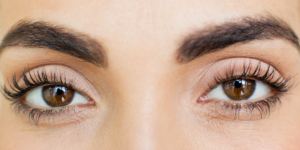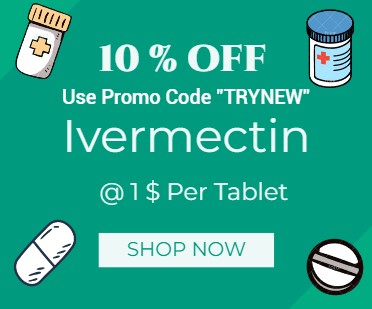
Because of the fundamental variances in their bodies, men and women have different dietary needs. Women are more likely to develop osteoporosis, anemia, and different nutritional deficiencies due to hormonal changes associated with menstruation, childbirth, and menopause. Furthermore, because of poverty, illiteracy, and poor social status, women are more likely to suffer from dietary deficiencies in rural areas. Eating foods high in nutrients can benefit women’s health.

Why is proper nutrition crucial for women?
Women’s nutrition is important since poor nutrition has an impact on the health of both them and their offspring. During pregnancy, the fetus’s growth, the placenta’s development, and the development of the mother’s tissues all depend heavily on macro- and micronutrients.
In addition, in order to meet the infant’s nutritional needs during nursing, nutritional demands are also raised. Girls who are undernourished have a higher chance of becoming malnourished moms and giving birth to underweight children. Children born to undernourished mothers are more likely to be small in stature, have cognitive impairments, be less resistant to infections, and be at higher risk of being sick and dying. Given that it impairs women’s capacities and has long-term effects, malnutrition among women may result in economic costs for families and communities.outcomes. Resolving this issue has a number of benefits since healthy women carry out a number of responsibilities, including providing for their families’ nutritional needs, bearing and raising healthy children, and earning a living.
For women, nutrition is important at every stage of life.
Women’s lives depend greatly on nutrition, which is significant at every stage of development. Resolving women’s needs at every stage of life can improve women’s nutrition globally. Due to their quicker growth, adolescent girls are more susceptible to malnutrition. The growth process requires the assistance of micronutrients such as iron, protein, and others. Since many dietary inadequacies in babies and children have permanent effects, necessary steps to support healthy nutrition should be taken from an early age.
Women’s healthful eating habits
Whole grains, fruits, vegetables, and low-fat dairy products are all part of a balanced diet. It also entails consuming enough protein, which is present in meat and legumes. In order to preserve bone health and avoid anemia, women also need to consume foods high in vitamins B, D, iron, and calcium.
Our daily decisions about what to eat and drink have an impact on our health both now and in the future. Making healthy dietary choices can help women avoid or treat a number of health issues. Eating well promotes general health and aids in illness prevention. It entails choosing a variety of wholesome foods—such as fruits, vegetables, grains, dairy, and protein—most of the time and in sensible portions. Eating healthfully also entails limiting your intake of foods high in salt.
sugar, as well as trans and saturated fats. Eating a healthy diet also entails obtaining enough nutrients, mostly from food rather than supplements. At some point in their lives, some women may find themselves in need of vitamins, minerals, or other supplements, particularly during pregnancy and lactation. However, it is usually preferable for women to obtain their necessary nutrients from food or drink.
What does a healthy diet look like?
When it comes to eating healthily, consider arranging items from the following five food groups on your plate:
Grain, dairy, fruits, vegetables, and proteins should all be included in each meal. In case you may have overlooked certain vital nutrients throughout meals, munching on fruits and whole grains can also be a healthy choice. Most can be satisfied with simple calorie-counting apps or homemade dishes.
bodily needs.
Here are a few easy ways to make your eating habits better:
1) Fruits and veggies: A person must consume fruits and vegetables on a daily basis. It is ideal to have colorful fruits and vegetables on half of your plate during meals. Not enough fruits and vegetables are consumed by most women. Choose to consume the entire fruit rather than its juice and experiment with various veggies throughout the week.
2) Grains: Include whole grains in your diet, such as brown rice, whole wheat bread, and pasta made from whole wheat.
3) Try a variety of foods high in protein, including lean meats, eggs, chicken, fish, beans, peas, seeds, almonds, and soy products. Eight to ten ounces of protein per week is recommended, however most women do not consume this amount.
4) A woman ought to have three cups of dairy products every day, yet the majority Women receive only 50% of this. Try low-fat plain yoghurt or low-fat cheese if you are intolerant to milk. The finest food sources of calcium are thought to be dairy products. For healthy bones, most women over 50 and girls between the ages of 9 and 18 need extra calcium.
5) Oils: When cooking, steer clear of using oils in place of solid fats like butter, coconut oil, or margarine. Many women consume insufficient amounts of beneficial fats, such as omega-3 fatty acids or olive oil, and excessive amounts of solid fat from packaged foods like salad dressings and wafers.
To eat properly, you don’t need to spend a lot of money, adhere to a rigid diet, or limit your diet to just certain foods. Eating in a healthy way is not restricted to a particular diet or eating style.It all comes down to consuming enough nutrients in your diet.





